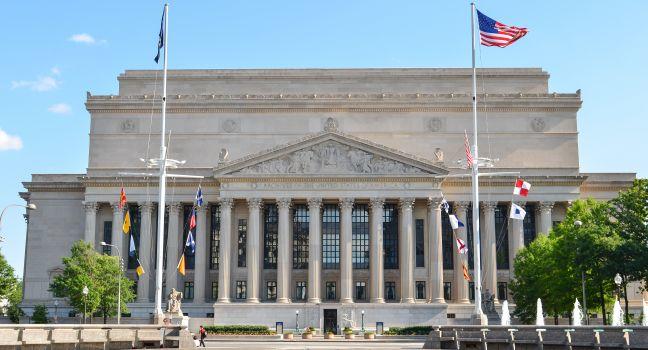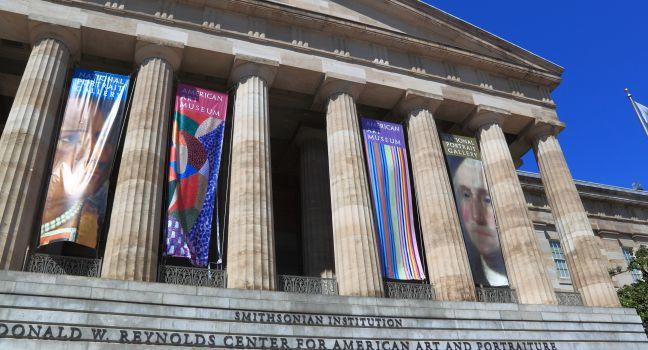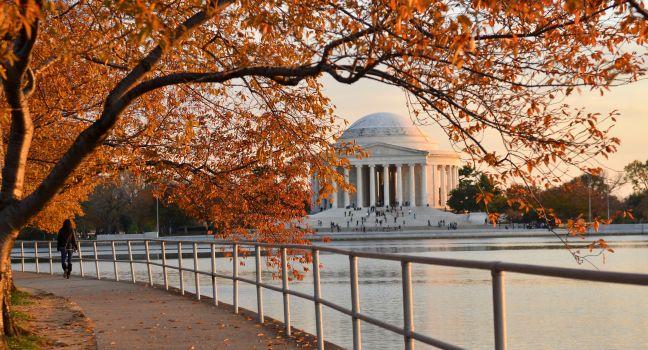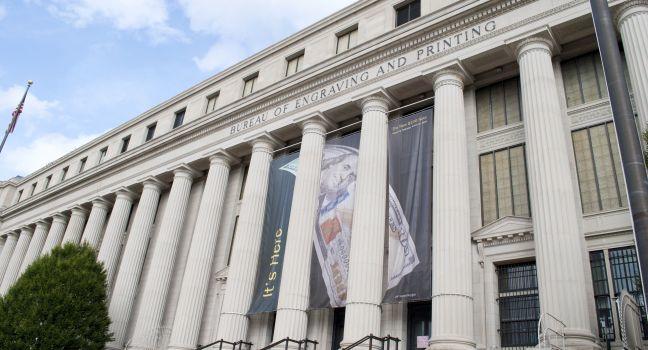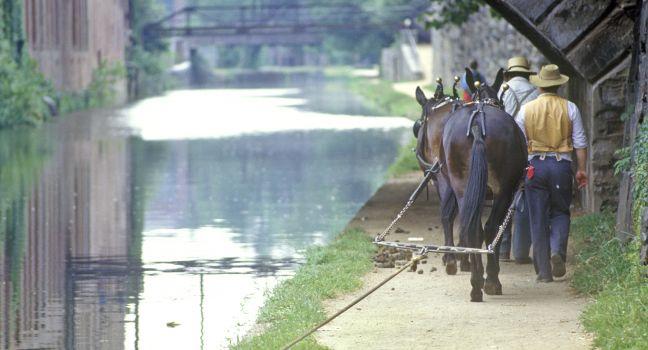Ford's Theatre
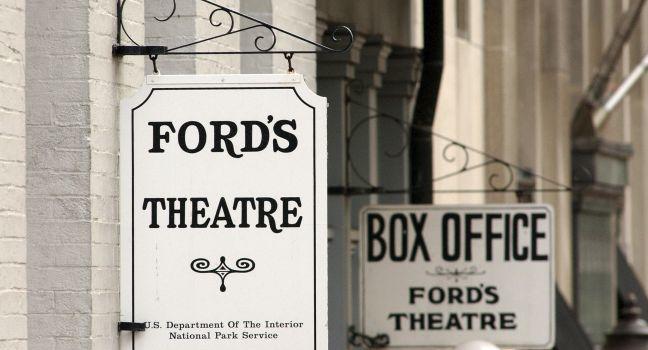
April 14, 1865, shocked the nation: during a performance of Our American Cousin, John Wilkes Booth entered the Presidential Box at Ford's Theatre and shot Abraham Lincoln in the back of the head; the president died later that night. This block-long, Lincoln-centered, cultural campus encompasses four sites. In the Museum, you'll explore Lincoln's presidency and Civil War milestones and learn about Booth and those who joined his conspiracy to topple the government. Artifacts include Lincoln's clothing and weapons used by Booth. The Theatre, which stages performances throughout the year, is restored to look as it did when Lincoln attended, including the Presidential Box draped with flags as it was on the night he was shot. In the restored Petersen House, you can see the room where Lincoln died and the parlor where his wife, Mary Todd Lincoln, waited in anguish through the night.
The centerpiece of the Aftermaths Exhibits at the Center for Education and Leadership is a jaw-dropping, three-story tower of 6,800 books written about Lincoln. Visitors take an immersive step back in time, entering a 19th-century street scene where they find a reproduction of Lincoln's funeral train car and see its route to Springfield, Illinois. Visitors also learn about the chase for John Wilkes Booth and his co-conspirators' trial, and they interact with an "escape map" to the tobacco barn where Booth was captured. Exhibits also explore the fate of Lincoln's family after his death, explain the milestones of Reconstruction, and describe Lincoln's legacy and enduring impact on U.S. and world leaders. A visit ends with a multiscreen video wall that shows how Lincoln's ideas resonate today.
Visits to Ford's Theatre require a free, timed-entry ticket. Same-day tickets are available at the theater box office beginning at 8:30 am on a first-come, first-served basis. You can also reserve tickets in advance at www.fords.org with a $3 fee per ticket.
